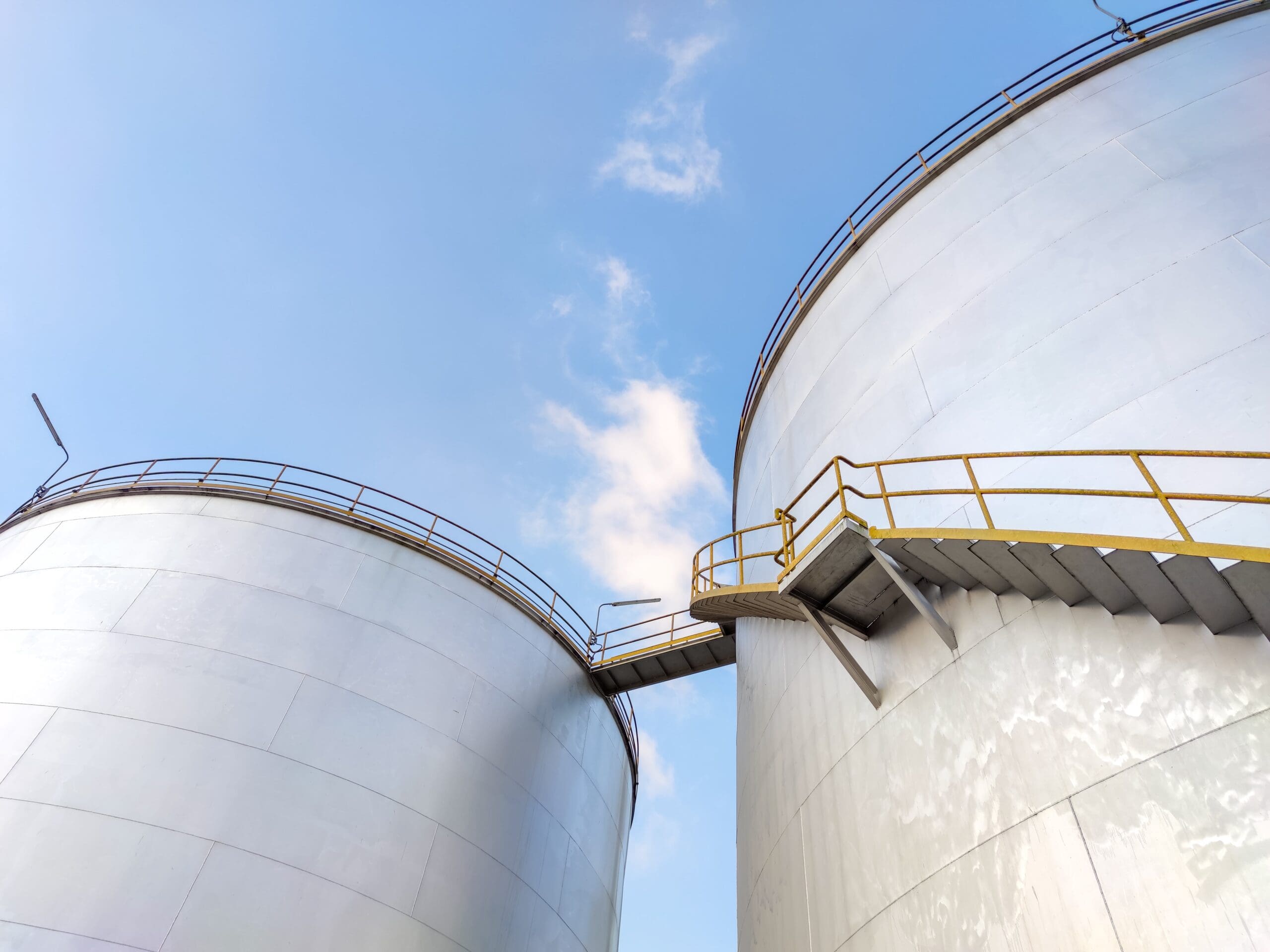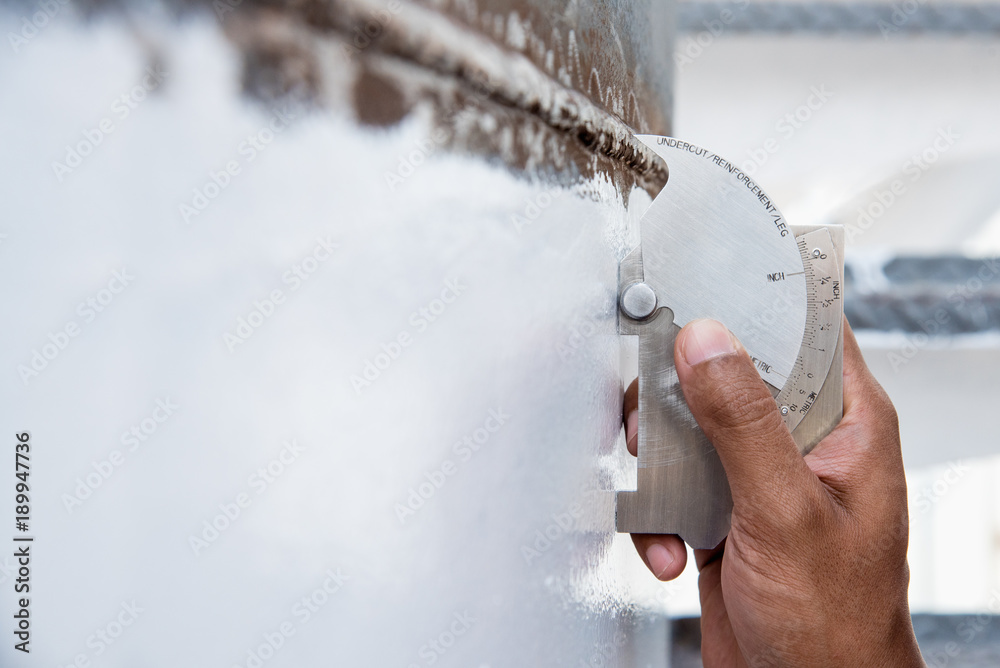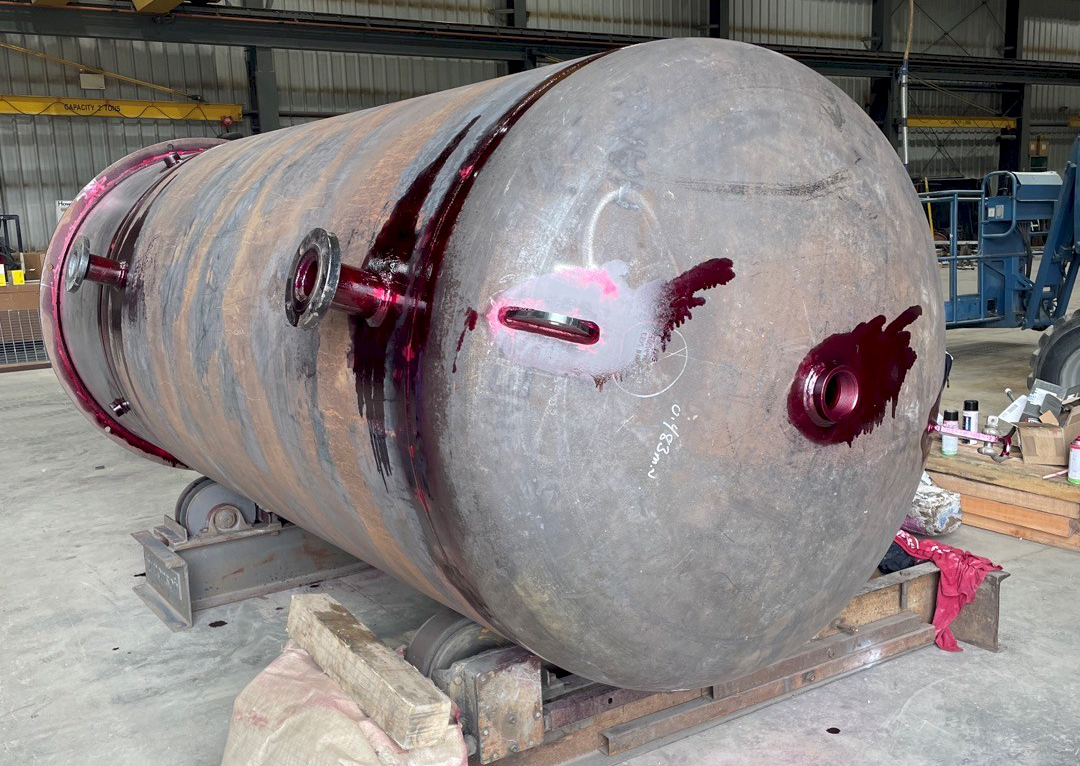Just How to Make Certain Conformity with Tank Welding Inspection Requirements
Comprehensive Overview to Effective Tank Welding Examination Techniques and Ideal Practices for Top Quality Guarantee
In the realm of tank welding, strenuous evaluation methods are paramount for guarding structural honesty and making sure compliance with market laws. As we discover these essential elements, it becomes clear that an aggressive evaluation technique is not just beneficial, however essential for functional success in environments dealing with unsafe products.
Value of Storage Tank Welding Evaluation

Storage tank welding examination acts as a preventative procedure, identifying possible defects such as fractures, porosity, or incorrect joint infiltration before they escalate into significant concerns. Routine inspections not only follow sector regulations and requirements yet also improve the long life of the tanks, decreasing the requirement for pricey repairs or replacements.

Visual Assessment Techniques
Utilizing methodical aesthetic assessment methods is vital for analyzing the top quality and integrity of welded joints in tanks. This method serves as the first line of protection in recognizing possible flaws such as cracks, undercuts, and insufficient infiltration. The inspector should approach the job with an eager eye, using proper devices like multiplying glasses, flashlights, and mirrors to boost exposure.
During the evaluation process, the examiner should examine the weld profile, ensuring it follows defined requirements and standards (Tank Welding Inspection). This includes taking a look at the bead width, elevation, and combination with the base material. Assessors need to also pay close focus to the surrounding locations for signs of thermal distortion or contamination that might influence the weld's performance
Documents of searchings for is vital; inspectors ought to record any kind of anomalies, classifying them by intensity for further analysis. This methodical approach not just aids in prompt problem recognition however additionally adds to long-term top quality assurance by making certain compliance with sector requirements. Routine training and calibration of aesthetic inspection methods further boost the reliability of assessments, eventually resulting in more secure and a lot more durable container frameworks.
Non-Destructive Evaluating Techniques
Non-destructive testing (NDT) approaches are frequently used in container welding evaluations to assess the stability of welded joints without jeopardizing their structural honesty. These techniques are crucial for recognizing issues such as fractures, voids, and inclusions that could cause catastrophic failures if left unnoticed.
Typical NDT approaches consist of ultrasonic testing (UT), which uses high-frequency audio waves to discover inner imperfections; radiographic screening (RT), employing X-rays or gamma rays to visualize weld structures; and magnetic fragment testing (MT), which exposes surface area and near-surface discontinuities in ferromagnetic materials (Tank Welding Inspection). Liquid penetrant testing (PT) is additionally commonly made use of, with the ability of spotting surface-breaking problems by using a fluorescent or color contrast color
Each NDT technique has its details applications and benefits, making it essential for inspectors to select the ideal technique based on the material and the sort of weld being examined. The combination of these NDT techniques right into the inspection procedure boosts the overall quality control framework, ensuring that welded tanks satisfy security and efficiency standards. Ultimately, NDT plays an essential role in maintaining the integrity and durability of container frameworks in numerous commercial applications.

Documents and Coverage
Ensuring comprehensive paperwork and reporting during tank welding inspections is critical for maintaining compliance with sector criteria and facilitating effective interaction amongst stakeholders. Appropriate paperwork serves as a thorough document of inspection tasks, findings, and any corrective activities taken throughout the welding procedure. This info is crucial not just for quality control yet likewise for audits and regulatory testimonials.

A well-structured examination record need to include details such as the day of evaluation, names of assessors, welding treatments used, products utilized, and any type of inconsistencies from developed standards. In addition, photos and diagrams can boost the clarity of the report, giving aesthetic context to the findings. It is additionally essential to record any type of non-conformities go together with their resolution, making certain that all stakeholders are notified of possible dangers and the actions taken to minimize them.
Furthermore, keeping a centralized data source for all examination reports permits easy retrieval and evaluation, promoting a culture of transparency and accountability. By prioritizing careful documents and reporting, companies can not just promote top quality assurance yet likewise reinforce their online reputation within the market, inevitably leading to enhanced safety and security and operational performance.
Continuous Enhancement Practices
Continual improvement practices are important for improving the quality and performance of container welding examinations. One efficient method entails normal training and upskilling of assessment employees to stay abreast of the most current welding innovations and standards.
In addition, making use of data-driven evaluation enables organizations to track examination results, identify fads, and determine areas for enhancement. Utilizing tools such as source analysis can assist in understanding the underlying concerns resulting in flaws, allowing targeted interventions. Furthermore, soliciting responses from examination teams and stakeholders develops a joint atmosphere that urges ingenious remedies.
Integrating advanced modern technologies, such as automatic examination systems right here and real-time surveillance, can dramatically improve the accuracy and rate of evaluations. Normal audits of the assessment procedures likewise contribute to a society of responsibility and continuous refinement. Ultimately, these continual renovation methods not just raise the quality of container welding examinations but likewise add to overall operational quality and customer complete satisfaction.
Verdict
Finally, reliable tank welding evaluation is crucial for ensuring the structural honesty and security of storage space systems, particularly those managing unsafe materials. Utilizing a mix of visual evaluation additional reading strategies and non-destructive screening techniques assists in the early identification of issues, thereby preserving conformity with sector standards. Additionally, robust paperwork and a dedication to continuous renovation improve high quality guarantee methods. Inevitably, these actions contribute significantly to operational quality and the prevention of possible safety risks.